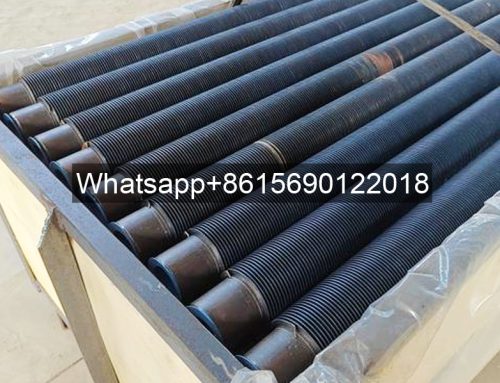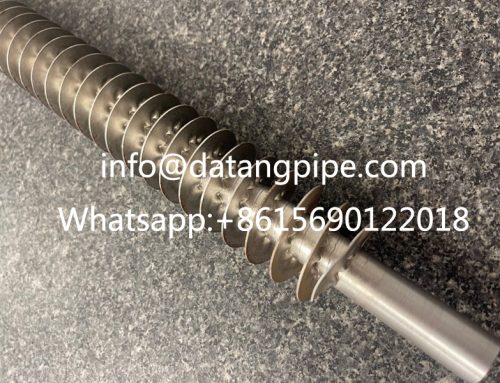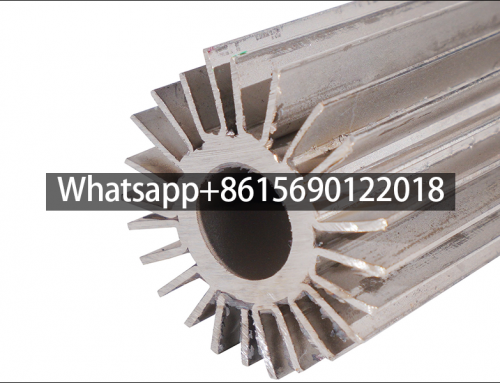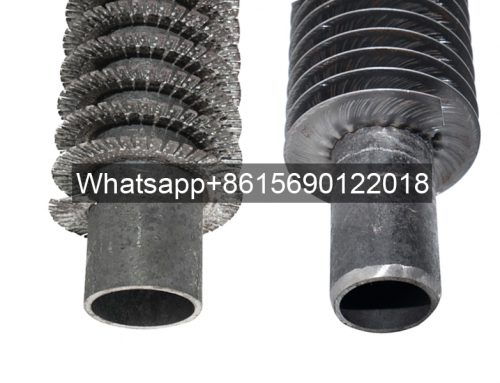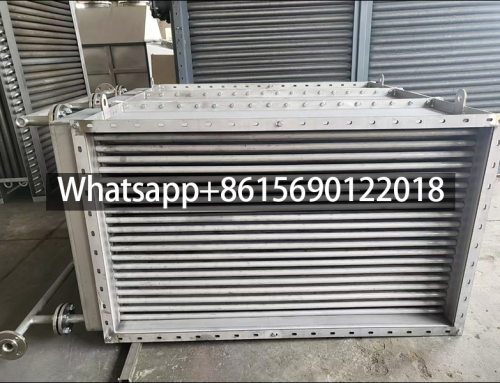Introduction to The Application Fields of Industrial Finned Tube Heat Exchangers
Introduction to the application fields of industrial finned tube heat exchangers
Industrial finned tube heat exchangers are widely used in industrial scenarios that require enhanced heat exchange due to their high efficiency in heat transfer and compact structure. The following are its core application fields:
1. Industrial finned tube heat exchangers are used in the chemical and petrochemical industries
Core requirements: handling high temperature, high pressure, corrosive media, and heating, cooling or condensing process fluids.
Scenario 1: Reactor temperature control
Used to cool the products of exothermic processes such as polymerization reactions and esterification reactions, or to maintain the reaction temperature through steam heating.
Scenario 2: Distillation and rectification system
Condensing the top steam of the tower (such as ethanol distillation), or heating the liquid phase medium of the bottom reboiler.
Scenario 3: Waste gas treatment and waste heat recovery
Recover the heat of high temperature tail gas in processes such as catalytic combustion (RCO) and waste gas incineration (TO), preheating fresh air or heating process fluids.
2. Industrial finned tube heat exchangers are used in the power and energy industries
Core requirements: efficient heat dissipation, waste heat recovery and equipment cooling to improve energy utilization.
Scenario 1: Power plant air cooling system
Used in thermal power plants in water-scarce areas, condensing turbine exhaust steam through finned tube air coolers to replace traditional water cooling towers.
Features: large-diameter steel pipes + aluminum fins are used to withstand high steam flow and long-term operation.
Scenario 2: Boiler system
Air preheater: Use the waste heat of boiler exhaust gas to heat the combustion air to improve combustion efficiency (such as power station boilers, industrial boilers).
Economizer: Heat boiler feed water to reduce fuel consumption.
Scenario 3: New energy field
Cooling the high-temperature hydrogen produced by the electrolyzer in hydrogen energy preparation; cooling system of photovoltaic inverters and energy storage batteries.
3. Industrial finned tube heat exchangers are used in the metallurgical and steel industries
Core requirements: high-temperature medium cooling, process heating and waste heat recovery, adapting to dusty and large temperature difference environments.
Scenario 1: Steel rolling process cooling
Cooling the high-temperature scale cleaning water on the surface of hot-rolled steel, or rolling oil cooling (need to be resistant to oil stains and particulate impurities).
Scenario 2: Blast furnace and coke oven system
Cooling blast furnace gas (containing dust and corrosive gases), or recovering the waste heat of coke oven flue gas to heat the combustion air.
Scenario 3: Heat treatment furnace matching
In the annealing and quenching process, the fin tube heat exchanger is used to adjust the furnace atmosphere temperature or cool the quenching medium (such as oil and water).
IV. Industrial fin tube heat exchangers are used in food, pharmaceuticals and light industries
Core requirements: clean, corrosion-resistant, meet hygiene standards, and avoid medium contamination.
Scenario 1: Drying and baking equipment
Steam or heat transfer oil heats the air for food drying (such as potato chips, grains) and preheating before freeze-drying of medicines.
Scenario 2: Sterilization and disinfection system
High-temperature steam heats circulating water through the fin tube heat exchanger for production line equipment disinfection or tank sterilization.
Scenario 3: Dairy and Beverage Processing
Cooling pasteurized milk or condensing secondary steam in the concentration process (stainless steel material + smooth fins to prevent scaling).
V. Industrial finned tube heat exchangers for refrigeration and air conditioning engineering (large industrial scenarios)
Core requirements: large cooling capacity and heat dissipation, adapting to high-load continuous operation.
Scenario 1: Industrial chiller
As the core component of air-cooled chillers, finned tube condensers dissipate refrigerant heat into the air (such as cooling data centers and semiconductor workshops).
Scenario 2: Cold storage and cold chain logistics
Finned tube evaporators are used for cooling in cold storage. Aluminum fins are corrosion-resistant and lightweight, suitable for low-temperature environments (below -30°C).
Scenario 3: Central air-conditioning system (industrial plant)
Heating/cooling circulating water, exchanging heat with air through finned tube heat exchangers, and adjusting the temperature and humidity of the plant (such as textile factories and electronics factories).


